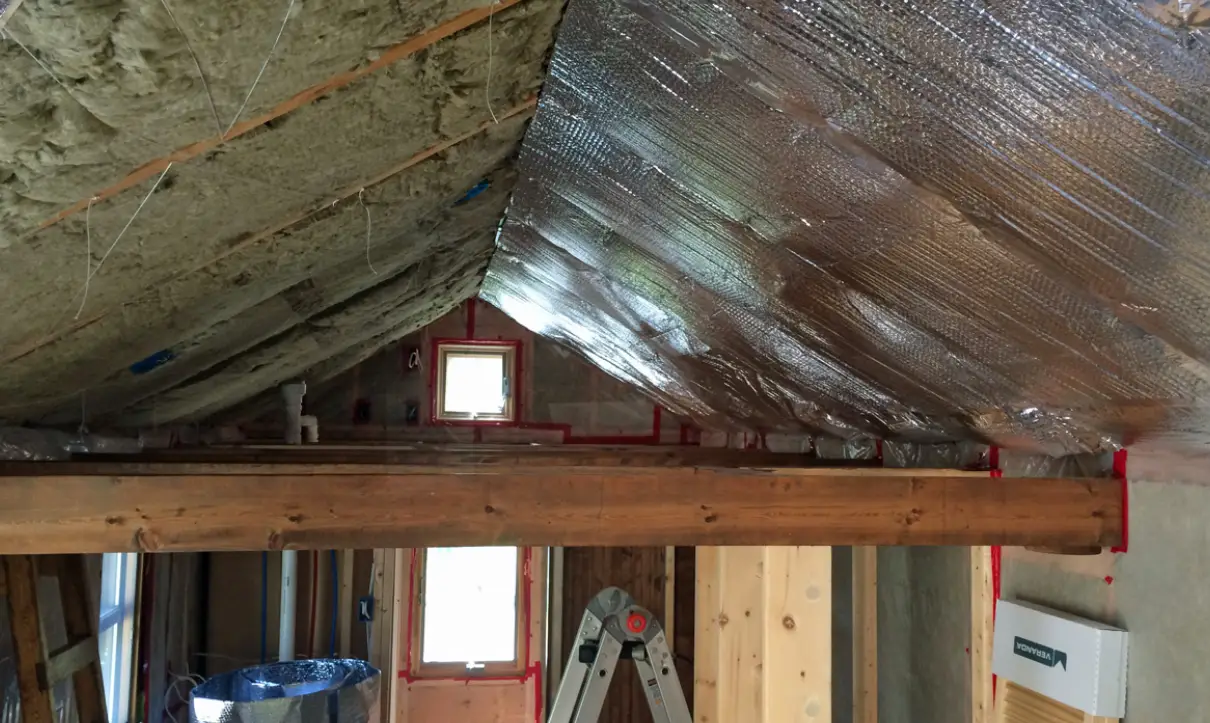Radiant barriers are materials which are installed in houses so as to reduce heat gain during the summer. Radiant barriers are crucial when lowering cooling costs in most homes. The barrier is made up of substances that easily reflect heat but don’t absorb it. The Title 24 compliance normally requires a radiant barrier with massive cooling loads especially in the climate zones.
Forms of Radiant Barrier
Radiant barriers have high reflectivity and low emissivity; they are more applicable in hot climates than in cool climates. Radiant barrier are made in various forms which includes laminated reflective roof sheathing, reflective chips and metal roof shingles. Both forms can be fixed over a loose insulation. Aluminum which is a reflective material is often applied to both or one side of the substrate material.
The types of substrate materials used include the following:
• Plastic films
• Kraft paper
• Oriented strand board
• Air infiltration material
• Cardboard
Some radiant barriers don’t provide maximum thermal insulation and are therefore mixed with various types of insulation substances to form a reflective insulation system. Radiant barrier facing materials in this combination will act as an insulator.
How Radiant Barrier Works
Radiant barrier works on the basis of conductivity, the roof of a house will get hot due to radiant energy from the Sun. This heat is then conducted via the roofing materials to the attic side; roof materials radiate heat energy into the cooler surfaces such as the attic floor and the air ducts. A radiant barrier will limit heat conductivity from the roof underside to other surfaces in the attic.
Installing Title 24 Compliance
Using a roof sheathing which is usually bonded with radiant barriers is a common method of installing a radiant wall. Afterwards, sheathing is then installed while making sure that the radiant wall faces downwards towards the attic side. During installation, gap of 3.5 inches should be left between the top of the ceiling and the bottom of the radiant barrier. This is essential to allow air circulation between the top surface of the barrier and roof decking.
Conclusion
Radiant barriers are very crucial in the hot climates; they are cost effective and play an essential role in maximizing energy efficiency. You need to include this type of product in your housing design if your house is located in hot climate areas. Radiant barrier is important because it will always keep your house cool.


